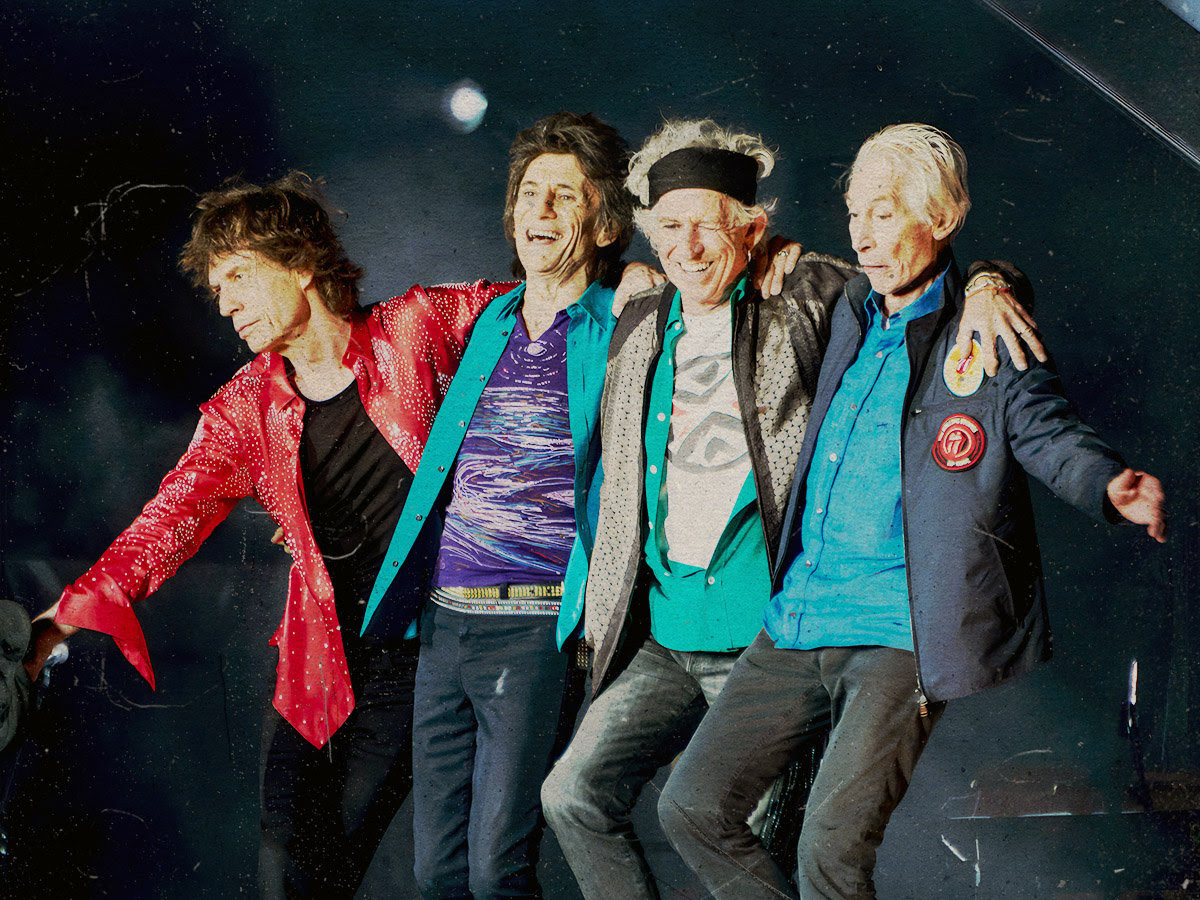The Rolling Stones‘ first handful of records focused heavily on cover songs. It wasn’t until the 1965 release of December’s Children (And Everybody’s), which arrived three years after the band’s formation, that the Stones wrote enough original material to fill half an album. Over the many decades that followed, the Stones continued to mix new songs with bluesy classics, always making time to reinterpret the source material that inspired the group to come together in the first place.
From Muddy Waters covers to Little Walter revitalizations, here are six moments when The Rolling Stones honored the blues artists who came before them.
1. “Little Red Rooster”
Nobody—not even Mick Jagger—sings like Howlin’ Wolf. That said, the Stones do serious justice to this cover of Willie Dixon’s blues standard, which was first popularized by Wolf in 1961. Wolf performed the song as a Chicago blues number, with his larger-than-life growl stealing the spotlight. The Rolling Stones’ version, released in 1964, trades grit for groove. The tempo is faster, the vocal delivery is cleaner, and Charlie Watts’ steady percussion gives the production a steady, commercial framework. As a result, the song climbed to the top of the UK Singles Chart, becoming the first (and only) blues song to reach No. 1 in England.
2. “Not Fade Away”
Buddy Holly and the Crickets recorded this rock ‘n’ roll classic on May 27, 1957, during the same studio session that spawned the hit song “Everyday.” The Stones’ cover followed in 1964. The song’s syncopated rhythm—known as the “Bo Diddley beat”—is implied rather than explicitly pronounced in the Stones’ performance, with the percussion limited to a minimalist mix of handclaps, tambourine, and maracas. Brian Jones’ harmonica is a welcome addition, too.
3. “Time Is on My Side”
The jazz trombonist Kai Winding recorded the original version of “Time Is on My Side” in 1963, the same year he scored a Top 10 hit on the Billboard Hot 100 with his instrumental song “More.” Irma Thomas tracked her own version in 1964, adding new lyrics and R&B textures to Winding’s template. When the Stones tackled the song several months later, they followed Thomas’ lead by bouncing between spoken-word exclamations and imperfect harmonies. Gluing everything together are Ian Stewart’s organ parts, which he recorded on a Vox Continental.
4. “Blue and Lonesome”
From the mid-1940s until his death in 1967, Little Walter was one of the greatest harmonica players in blues music. He recorded “Blue and Lonesome” in 1959 and released it in 1965 as the B-side to “Mean Ole Frisco,” the final single released during his lifetime. The Rolling Stones revisited “Blue and Lonesome” decades later, turning the song into the title track from their 2016 collection of blues covers. One of the final recordings to feature Charlie Watts, who passed away in 2021, “Blue and Lonesome” is a showcase for Mick Jagger’s singing and harmonica playing, both of which helped the album earn a Grammy Award for Best Traditional Blues Album.
5. “Come On”
The Rolling Stones’ first single was a cover of this Chuck Berry song. Berry’s original was released in October 1961, the same month that Mick Jagger and Keith Richards first crossed paths at a train station in Kent, England. The Stones’ cover followed in June 1963, featuring a sped-up tempo, a key change, and a taut band that had yet to embrace its gritty, greasy future.
6. “I Can’t Be Satisfied”
Muddy Waters played a major role in The Rolling Stones’ development. When Keith Richards met Mick Jagger in 1961, the guitarist’s eyes wandered to the records Jagger was carrying, including releases by Waters and Chuck Berry. The two bonded over a mutual appreciation of American music, and when their newly-launched band needed a name, they turned to Waters once again, borrowing their moniker from his 1950 recording “Rollin’ Stone.”
It’s fitting, then, that The Rolling Stones paid tribute to Waters on their second studio album, which featured a version of “I Can’t Be Satisfied.” Not to be confused with “(I Can’t Get No) Satisfaction,” the song updates the casual, front-porch pickin’ of Waters’ original with frisky percussion and haunting reverb that sounds less like a juke joint and more like Chicago’s Chess Studios, where the group kicked off the album’s recording session in mid-1964.




